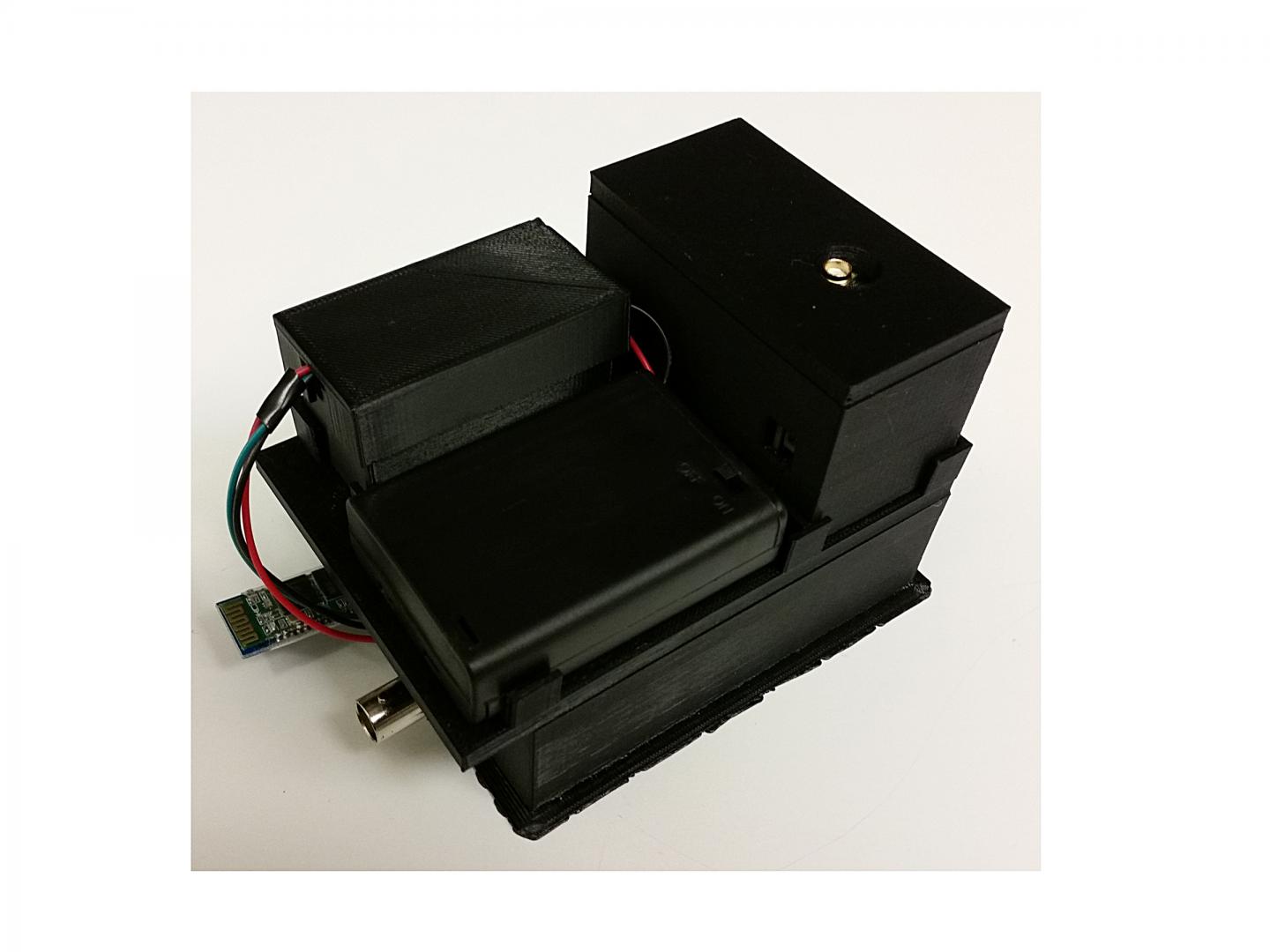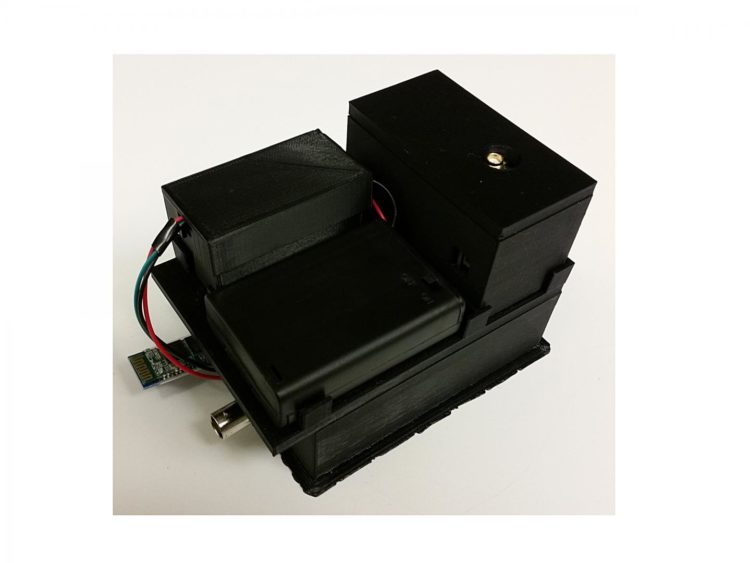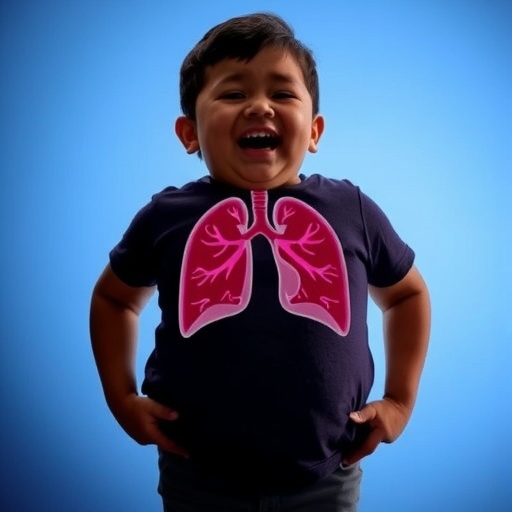
Credit: Euiwon Bae/Purdue University
WEST LAFAYETTE, Ind. – Foodborne illness hits about one in six people in the United States every year. The Centers for Disease Control and Prevention estimates that 48 million people in the U.S. get sick due to one or more of 31 recognized pathogens, including E. coli O157:H7, a particularly harsh strain of E. coli.
Researchers at Purdue University have been working to develop new technologies to help stop the spread of foodborne illnesses, which kill 3,000 people a year, by detecting them more efficiently. They have developed a bioluminescence-based assay coupled with a portable device that works with smartphones and laptops to do on-site testing for harmful E. coli in food samples.
The silicon photomultiplier (SiPM) device uses low light to from the bioluminescent assay to detect the presence of bacteria that cause foodborne illness in food samples. The Purdue team also created an electrical circuit with an amplifier, comparator and micro controller to send the data to laptops and smartphones via Bluetooth technology. They used 3D printing to design a portable cradle for the SiPM. The research is published in the January edition of Applied Optics.
“Our goal is to create technology and a process that allows for the cost-effective detection of the causes of foodborne illness using an easy, expedient and efficient process,” said Euiwon Bae, a senior research scientist of mechanical engineering in Purdue’s College of Engineering, who developed the technology along with Bruce Applegate, a professor of food science in Purdue’s College of Agriculture. “This time frame allows for better integrated detection and quicker action to stop more people from getting sick.”
To show the proof of concept, the Purdue team tested the device with artificially contaminated samples of ground beef from a local grocery store. They injected E. coli into the beef samples and then used their device to analyze the sample within 10 hours of inoculation.
The beef is rinsed and incubated with an enrichment liquid containing a modified phage, a virus for bacteria. The phage then infects harmful foodborne bacteria so that when a substrate is added, the bacteria emit light, which is detected by the SiPM. The device is able to count light pulses or photons.
“Our assay offers higher sensitivity, lower cost, better portability and other distinct advantages when compared to existing detection methods,” Applegate said.
###
The special phage used with the smartphone technology was developed by Applegate and is being commercialized by Phicrobe, a Purdue University-affiliated startup founded by Applegate.
The U.S. Department of Agriculture Agricultural Research Service (ARS) and Center for Food Safety Engineering (CFSE) provided funding for the technology research in addition to Hatch Funds, which support agricultural research at land-grant institutions across the U.S.
The innovators are working with the Purdue Research Foundation Office of Technology Commercialization to patent the technology. They are looking for partners. For more information on licensing and other opportunities, contact OTC at [email protected] and mention track code 2016-BAE-67395.
About Purdue Research Foundation Office of Technology Commercialization
The Purdue Research Foundation Office of Technology Commercialization operates one of the most comprehensive technology transfer programs among leading research universities in the U.S. Services provided by this office support the economic development initiatives of Purdue University and benefit the university’s academic activities through commercializing, licensing and protecting Purdue intellectual property. The office recently moved into the Convergence Center for Innovation and Collaboration in Discovery Park District, located on the west side of the Purdue campus. The office is managed by the Purdue Research Foundation, which received the 2019 Innovation and Economic Prosperity Universities Award for Place from the Association of Public and Land-grant Universities. The Purdue Research Foundation is a private, nonprofit foundation created to advance the mission of Purdue University. Contact [email protected] for more information.
Writer: Chris Adam, 765-588-3341, [email protected]
Sources: Euiwon Bae, [email protected]
Bruce Applegate, [email protected]
Media Contact
Chris Adam
[email protected]
Original Source
https:/
Related Journal Article
http://dx.





